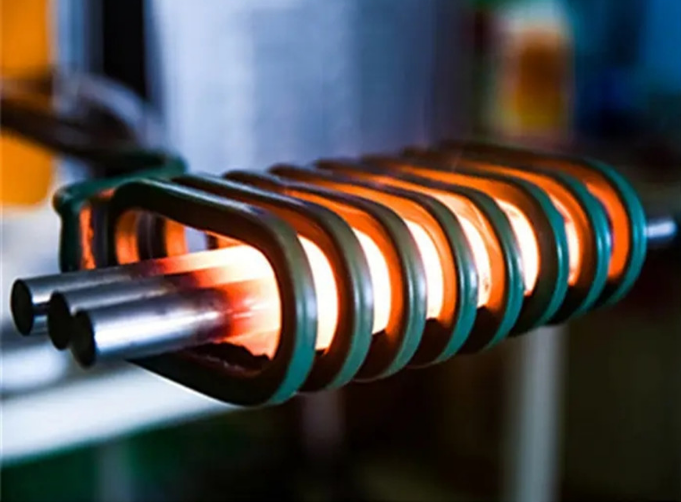High frequency heating offers several advantages, particularly in terms of time efficiency, precision, and environmental benefits. These benefits are evident in various applications, including dental laboratory processes, metalworking, and materials processing.
High frequency heating is exceptionally efficient in reducing processing times. In dental laboratories, the rapid heating rates facilitated by high frequencies allow for faster wax burnout, significantly reducing the overall processing time. This efficiency enhances productivity and enables laboratories to handle a higher volume of cases and meet tight deadlines. The streamlined workflow management resulting from shorter processing times leads to better planning and scheduling, optimizing the overall operation of the laboratory.

In metalworking, high frequency induction heating is pivotal for various processes such as brazing, hot forging, and hardening. The selection of specific frequencies (ranging from 6KHz to 200KHz) is crucial, determined by the desired depth of heat penetration and the size of the metal parts. For instance, frequencies between 60KHz and 200KHz are optimal for small parts (typically round bars under 15mm) and processes requiring a shallow heat layer (approximately 1 to 2mm). This precision ensures localized and efficient heating, minimizing energy waste and enhancing the overall quality of metalworking processes.
High frequency heating, especially when utilizing microwave energy, brings substantial environmental and energy advantages. Compared to conventional heating methods, microwave heating offers rapid heating rates and significantly reduces processing times and temperatures. This not only conserves energy but also results in finer microstructures, enhancing the mechanical properties and overall performance of materials. Moreover, the lower processing temperatures contribute to a reduced environmental footprint, aligning with sustainability objectives.
High frequency induction furnaces, powered by electromagnetic induction, significantly reduce melting times and offer precise temperature control. These furnaces feature a straightforward design with automatic stirring through eddy currents, which lowers operational costs. Additionally, the integration of gas-powered furnaces with oscillating combustion technology (OCT) effectively reduces nitrous oxide emissions, aligning with environmental protection efforts.
In summary, high frequency heating is advantageous due to its ability to provide rapid, precise, and efficient heating, which enhances productivity, reduces environmental impact, and lowers costs across various industrial applications.
Experience the transformative power of high frequency heating solutions with Hitfar. Elevate your laboratory's efficiency, precision, and sustainability today. Benefit from time-saving advantages, optimal precision in metalworking, and eco-friendly materials processing offered by our advanced high frequency heating technology. Take the next step towards enhanced productivity and cost reduction—contact Hitfar now to revolutionize your industrial applications.
Previous: Choosing the Right Drilling Rig
Next: Essential Flour Machine Daily Maintenance Tips-Maximize Milling Lifespan
Copyright:@2020-2021
Comments Please sign in or sign up to post.
0
0 of 500 characters used